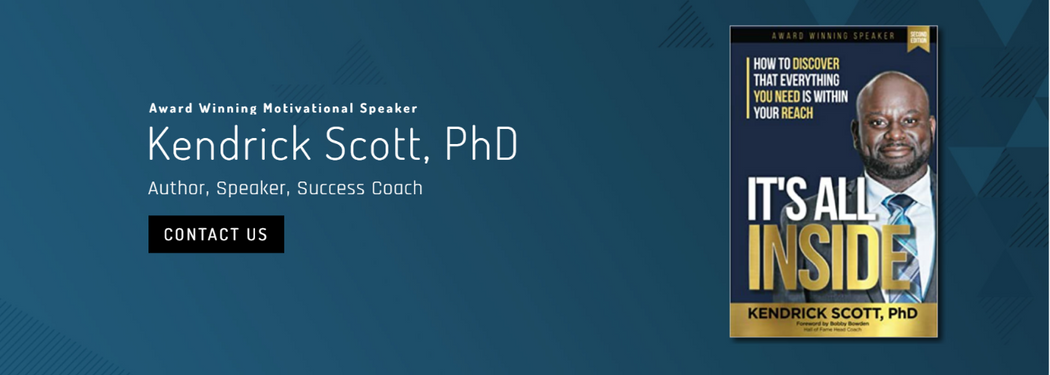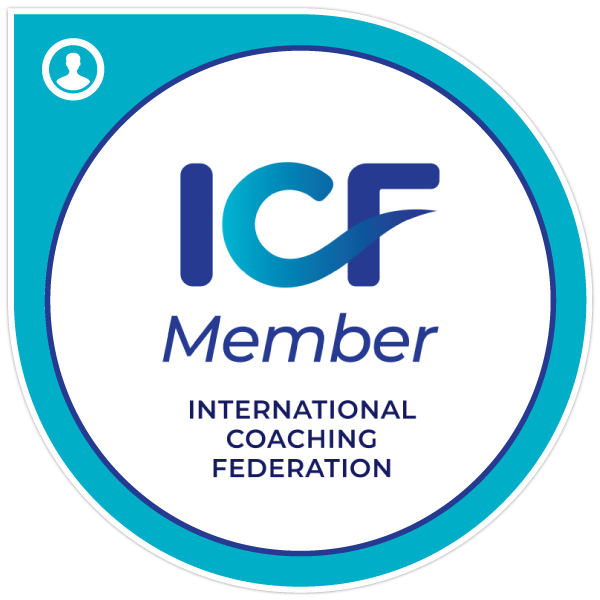In today’s rapidly evolving world, the ability to generate innovative ideas is more valuable than ever. Whether you’re a startup founder looking to disrupt a market, a teacher seeking fresh approaches to education, or a software developer aiming for the next groundbreaking application, creativity is your gateway to success. However, fostering this essential skill can sometimes be challenging. Fortunately, a variety of proven techniques can help individuals and teams enhance their creative capabilities and ideation processes. This article explores five such strategies: brainstorming sessions, design thinking, mind mapping, the SCAMper technique, and the use of creative constraints.
First, we delve into brainstorming sessions, a collaborative approach to generating ideas that encourages unrestrained thinking and values quantity over quality. Next, we examine design thinking, a human-centered methodology that tackles complex problems through empathetic understanding and iterative testing. Mind mapping, the third technique, offers a visual brainstorming tool to explore relationships and foster new connections. The SCAMPER technique, which stands for Substitute, Combine, Adapt, Modify, Put to another use, Eliminate, and Reverse, provides a checklist-based approach to help think outside the box. Lastly, we discuss how imposing creative constraints can paradoxically lead to more innovative solutions by limiting some of the options available. Together, these strategies provide a robust framework for enhancing creativity and generating actionable ideas in any field.

Brainstorming Sessions
Brainstorming sessions are a widely used method to foster creativity and ideation within groups. The primary goal of brainstorming is to generate a large number of ideas in a short period of time. It is based on the principle that more ideas lead to better solutions because the volume of ideas increases the likelihood of producing a groundbreaking or innovative solution. During these sessions, participants are encouraged to think freely and suggest as many ideas as possible, without fear of criticism or judgment. This open and inclusive atmosphere is crucial as it helps to unleash the creative potential of all participants.
The effectiveness of brainstorming sessions often depends on the facilitation. A good facilitator can encourage quieter members to contribute, ensure that the session stays on track, and stimulate creativity by posing different types of questions or challenges. Techniques such as setting a clear objective for the session, limiting discussion time for each idea, or using prompts can help in maintaining the flow and engagement of all participants.
Moreover, brainstorming can be conducted using various formats depending on the needs of the team or the nature of the problem. For instance, some sessions might be free-form, where ideas are randomly generated, while others might use more structured approaches such as round-robin brainstorming, where participants contribute ideas in turns. The use of visual aids like whiteboards or sticky notes can also be very effective to visualize the discussion, group related ideas, and keep track of the brainstorming process.
In conclusion, brainstorming sessions are a fundamental tool in the realm of creativity and ideation. They help in breaking down reservations among team members, foster an environment of collective thinking, and pave the way for innovative solutions. By effectively planning and conducting brainstorming sessions, organizations can significantly enhance their creative output and solve complex problems more efficiently.
Design Thinking
Design Thinking is a user-centric approach that helps in solving complex problems while fostering creativity and innovation. It is characterized by its empathetic nature, which primarily focuses on understanding the needs and challenges of the end-users. This methodology not only aids in ideation but also in delivering solutions that are both functional and innovative.
The process of Design Thinking is typically divided into five stages: Empathize, Define, Ideate, Prototype, and Test. Each stage plays a crucial role in ensuring that the final products are not only desirable but are also viable and feasible. The initial stage, Empathize, involves gaining insights into the user’s experiences and emotions, which is crucial for creating solutions that genuinely meet their needs and preferences.
In the Define stage, designers synthesize the information gathered during the Empathize stage to define the core problems that the users are facing. This is a critical step, as it sets the direction for ideation. The Ideate stage is where creativity really comes into play. Here, designers brainstorm a range of ideas without constraints, which allows for creative solutions to surface. This stage is often where techniques like mind mapping or the SCAMPER technique can be integrated to enhance creativity.
Following ideation, the Prototype stage involves creating scaled-down versions of the product to explore the ideas generated. This step is essential as it allows designers to visualize their ideas and iterate on them quickly based on feedback. Lastly, the Test stage involves rigorous testing with actual users, which provides designers with feedback and insights that can be used to refine the solution further.
Design Thinking is particularly effective because it encourages a hands-on, iterative approach to problem-solving, and promotes active engagement and collaboration among team members. By focusing on real user needs, it ensures that the solutions developed are tailored and relevant. This approach not only enhances creativity but also increases the success rate of new initiatives and solutions in meeting the complex demands of today’s challenges.
Mind Mapping
Mind mapping is a powerful technique used to foster creativity and enhance ideation processes. It involves creating a visual diagram that represents ideas, tasks, concepts, or other items linked to and arranged around a central concept or subject. Mind maps help individuals and teams visualize their thoughts and explore various aspects of a topic systematically, making it easier to generate new ideas, see connections between different thoughts, and develop creative solutions.
The process of mind mapping starts with a central idea, and from this core, branches are drawn out to represent related sub-topics or themes. Each branch can be extended further to more specific aspects or ideas, creating a sprawling and intuitive diagram of interconnected thoughts. This hierarchical and associative approach promotes a free flow of ideas and helps in breaking down complex problems into manageable components.
Mind mapping can be particularly useful in brainstorming sessions, project planning, research, and consolidating information from different sources. It encourages a nonlinear approach to thinking, which is ideal for problem-solving scenarios where innovative and out-of-the-box thinking is required. Additionally, mind maps can be used as a dynamic tool for collaboration, allowing team members to contribute simultaneously and see how different ideas evolve and relate to each other in real time. This can lead to enhanced team understanding and synergy, further boosting creative outcomes.
SCAMPER Technique
The SCAMPER technique is a powerful tool used to spark creativity and encourage innovation. It is an acronym that stands for Substitute, Combine, Adapt, Modify, Put to another use, Eliminate, and Reverse. Each of these words represents a different way one can manipulate existing products, services, or ideas to create something new and improved.
The beauty of the SCAMPER technique lies in its simplicity and versatility. It can be applied across various fields and industries, making it a favorite among designers, engineers, marketers, and educators. By methodically questioning every aspect of an existing situation or object with these seven strategies, it pushes individuals to reconsider what is possible and generate novel ideas.
For example, by asking how one might substitute components of a product, combine it with other products, adapt it to a different context, modify or magnify its features, put it to another use, eliminate parts of it, or reverse its functions or components, a person can uncover new opportunities and solutions that were not apparent before. This methodical approach prevents people from overlooking potential innovations and helps break the constraints of conventional thinking patterns, thereby fostering a more dynamic and creative environment.
Creative Constraints
Creative constraints are an intriguing and effective technique used to foster creativity and ideation within various fields, ranging from art and design to business and engineering. By deliberately imposing limits on the creative process, creative constraints push individuals and teams to think more deeply and innovatively. This approach is based on the premise that limitations can actually enhance creativity rather than stifle it.
For instance, if a designer is asked to create a product using only recycled materials, the constraint of using specific materials encourages thinking outside the traditional manufacturing processes. This can lead to breakthroughs in both the design and function of the product. Similarly, limiting a writer to a specific word count or a poet to a particular verse form can lead to surprisingly powerful results. The constraints force the creators to maximize their expressive power within set boundaries, often leading to simplicity and clarity of thought.
In a business context, creative constraints can be used to solve problems within tight budgets or limited time frames. When teams are constrained by resources, they may find innovative ways to achieve their goals without the need for large expenditures. This can include finding more efficient workflows, repurposing existing resources, or innovating new solutions that are cost-effective.
Overall, creative constraints are not just about making do with less, but about thinking differently and harnessing limitations as a catalyst for ingenuity. By redefining the boundaries of the project or problem, constraints can lead to a deeper exploration of possibilities and more innovative outcomes.


Leave a Reply